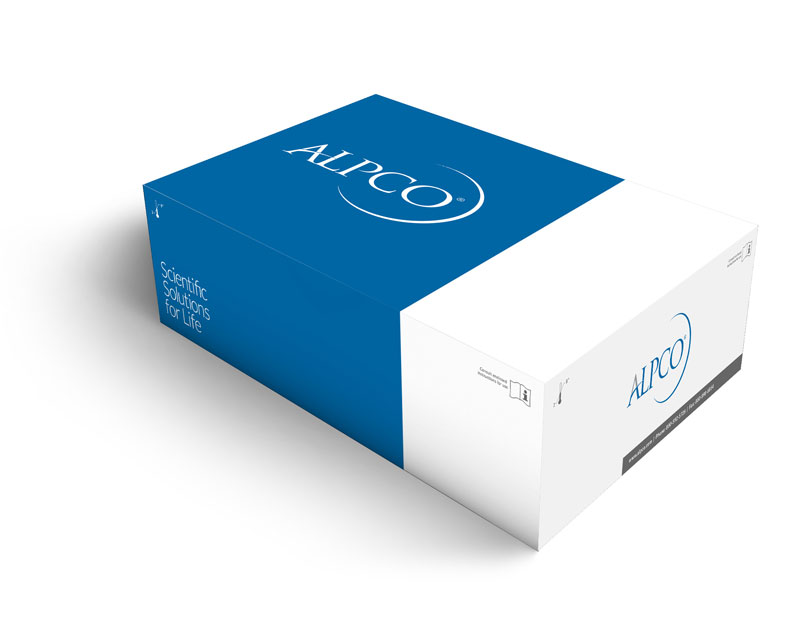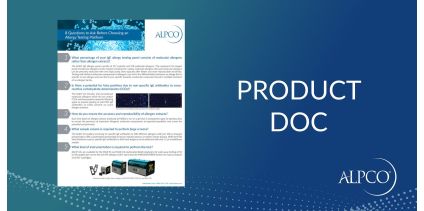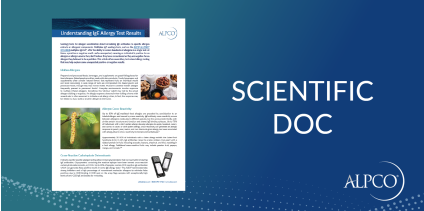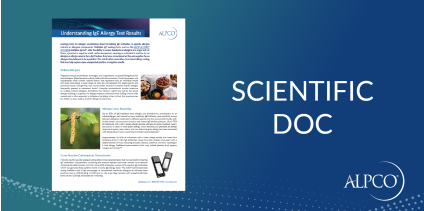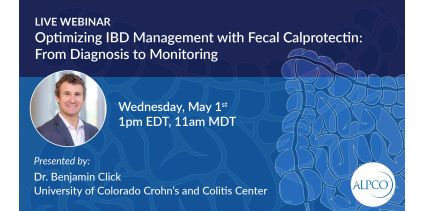Supplementary Histamine ELISA
$128.00
Catalog
17-HISHU-SUP-E01
Supplementary kit for 96 determinations of histamine release. This kit must be used in combination with the Histamine ELISA (17-HISHU-E01). For Research Use Only. Not for Use in Diagnostic Procedures.
Regulatory Status
Research Use Only. Not for Use in Diagnostic Procedures.
Product Distribution
Available Worldwide
Sizes
96 Tests
Sample Types
Whole Blood
Inc Time Overnight
No
Inc Time See Protocol
No
Sample Size
30
Sample Size 2
150
Detection
Colorimetric
In humans, histamine (ß-imidazole ethylamine) is the most important mediator and is mostly found in the
initial phase of an anaphylactic reaction ("immediate type" allergy). Histamine is produced by the enzymatic
decarboxylation of histidine. In the organism, histamine is present in nearly all tissues, and it is mainly
stored in the metachromatic granules of mast cells and the basophilic leukocytes. It is present in an inactive
bound form and is released only as required.
Histamine acts predominantly on smooth muscle and blood vessels. In humans, it is responsible for the
broncho-constriction occurring during the acute phase. In the vessels, its constrictive effect is limited to the
venula, whereas arterioles are dilated. Furthermore, histamine causes a contraction of the cells of the
vascular endothelium and increases the vascular permeability, thereby allowing higher-molecular substances
to escape into the tissue.
Like several other mediators, histamine does not exclusively mediate various clinical symptoms of
anaphylaxis but also induces a series of effects which are directed towards a termination of the anaphylactic
reaction. Histamine may inhibit the release of lysosomal enzymes from polymorphonuclear leukocytes, the
degranulation of mast cells and basophiles and the production of complement components through
mononuclear phagocytes. Furthermore, histamine can activate suppressor T cells and, thus, may inhibit the
production of IgE. The biological action of histamine in tissue is guaranteed by three different surface
receptors, i.e. H1, H2 and H3 receptors.
Heparinized whole blood samples are incubated with different concentrations of the suspected allergen.
Release of histamine will occur upon stimulation of basophilic granulocytes depending on their sensibility to
the allergen. The released histamine in the supernatant is subsequently determined using a specific plasma
immunoassay, the Histamine ELISA purchased in connection with this kit. This histamine value is related to
the 100% control (= Total Histamine) and the blank value (= Spontaneous Release).

